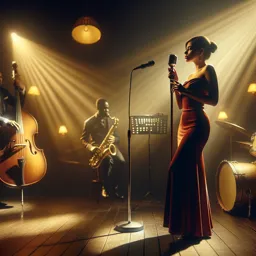Introduction
Opera singing is one of the most demanding and expressive vocal arts. At its core lies breath control—a crucial skill enabling singers to convey emotion, sustain long phrases, and project over an orchestra without amplification. Whether you’re just starting or an experienced vocalist, mastering breath control unlocks your full operatic potential.
Why Breath Control Matters in Opera
Opera demands powerful singing of complex melodies and lengthy phrases. Proper breath control provides the stamina for long arias, manages dynamic shifts, and helps maintain vocal health. It also allows for expressive phrasing and subtle musical nuances.
The Foundations of Breath Control
- Diaphragmatic Breathing: The basis of breath control, involving deep breaths into the diaphragm (“belly breathing”) to create steady airflow.
- Posture: A tall, relaxed posture with lifted chest ensures lungs and diaphragm can expand fully.
- Breath Support: Engaging core muscles during exhalation to control air pressure and flow.
Effective Exercises for Breath Control
- Breath Awareness: Lie on your back with a book on your belly; watch it rise and fall with your breath.
- Sustained Humming: Take a deep breath and hum steadily on a comfortable pitch for as long as possible.
- Silent Inhalation: Practice quiet, quick nasal breaths without gasping.
- Phrase Practice: Sing a line from an aria in one breath, gradually increasing phrase length and complexity.
Applying Breath Control to Opera Performance
Analyze breathing points in your music and practice taking breaths during rests or punctuation. Work with a teacher or coach to refine technique. Regular practice helps sustain long phrases and enhances expressive delivery.
Conclusion
Mastering breath control is an ongoing process essential for every opera singer. With proper technique and consistent exercises, you will boost vocal power, endurance, and emotional expression—allowing your voice to soar to new heights.
































